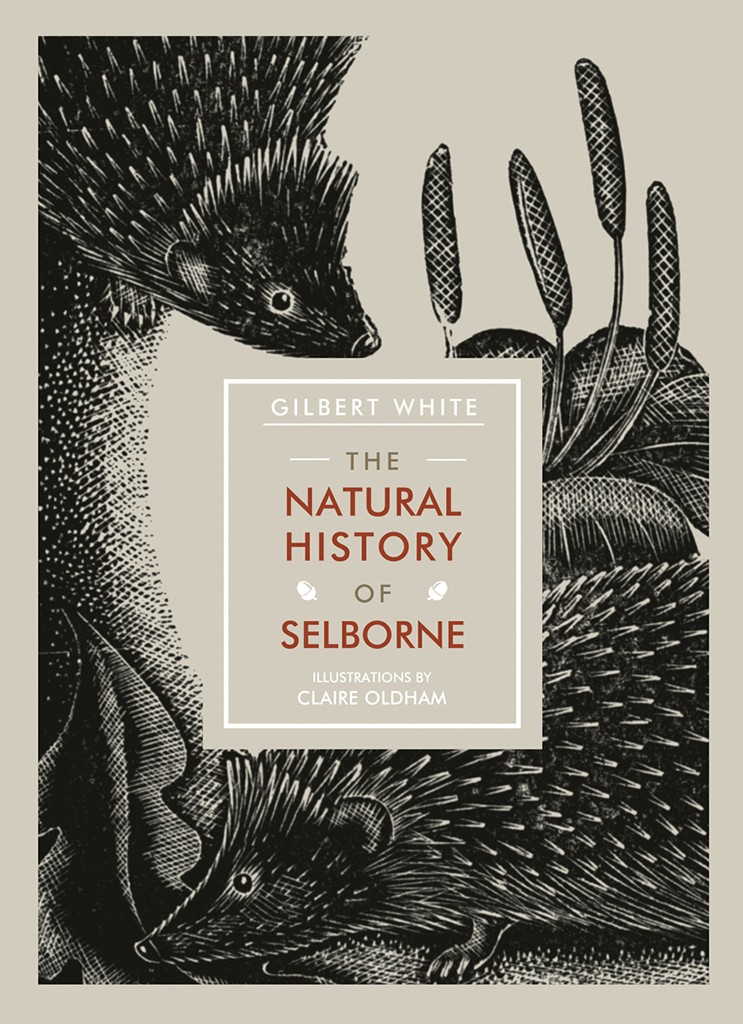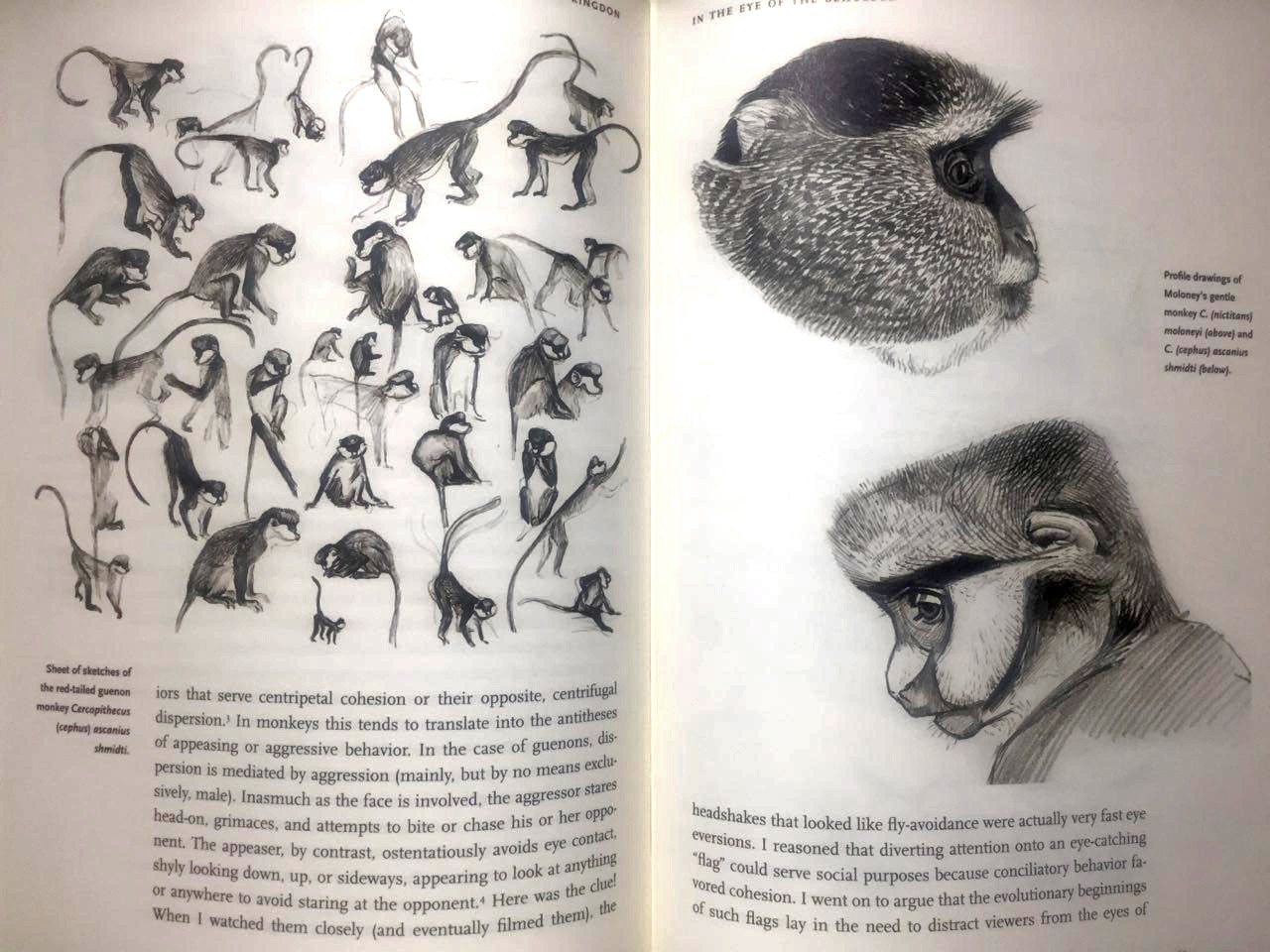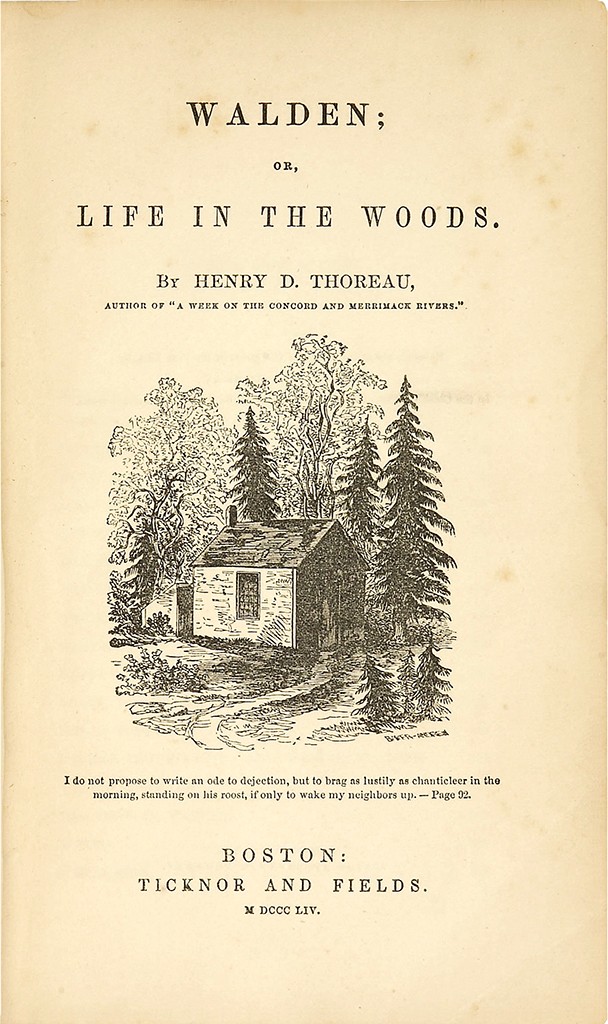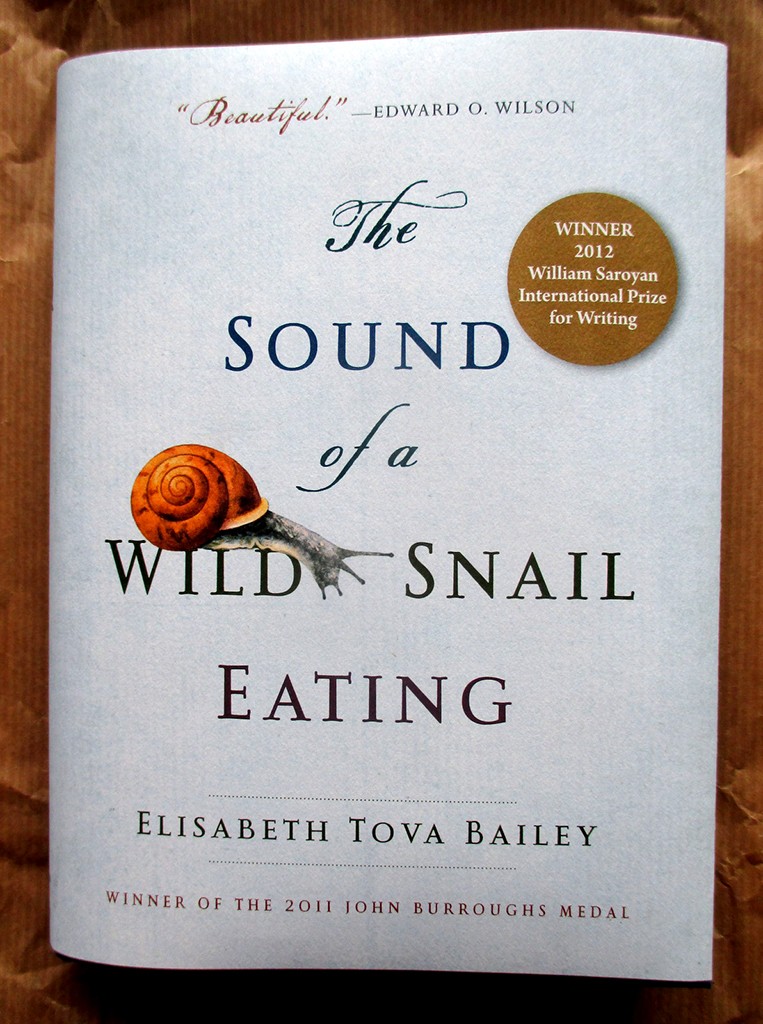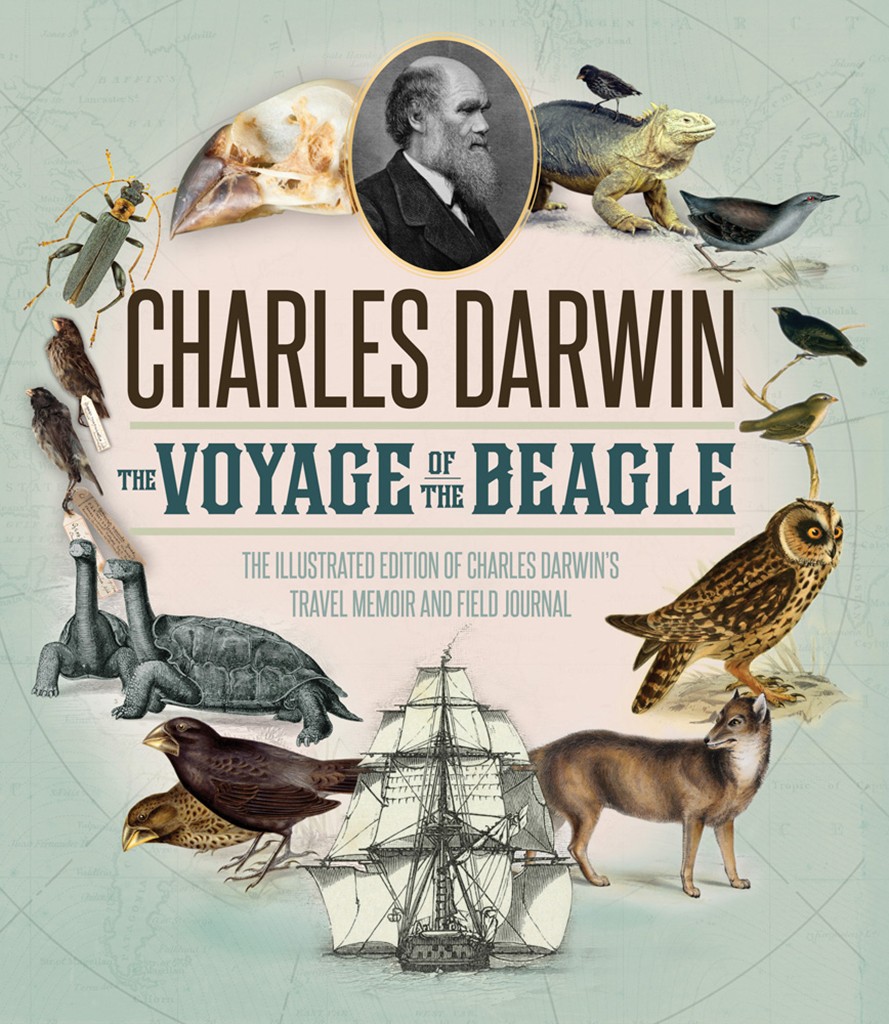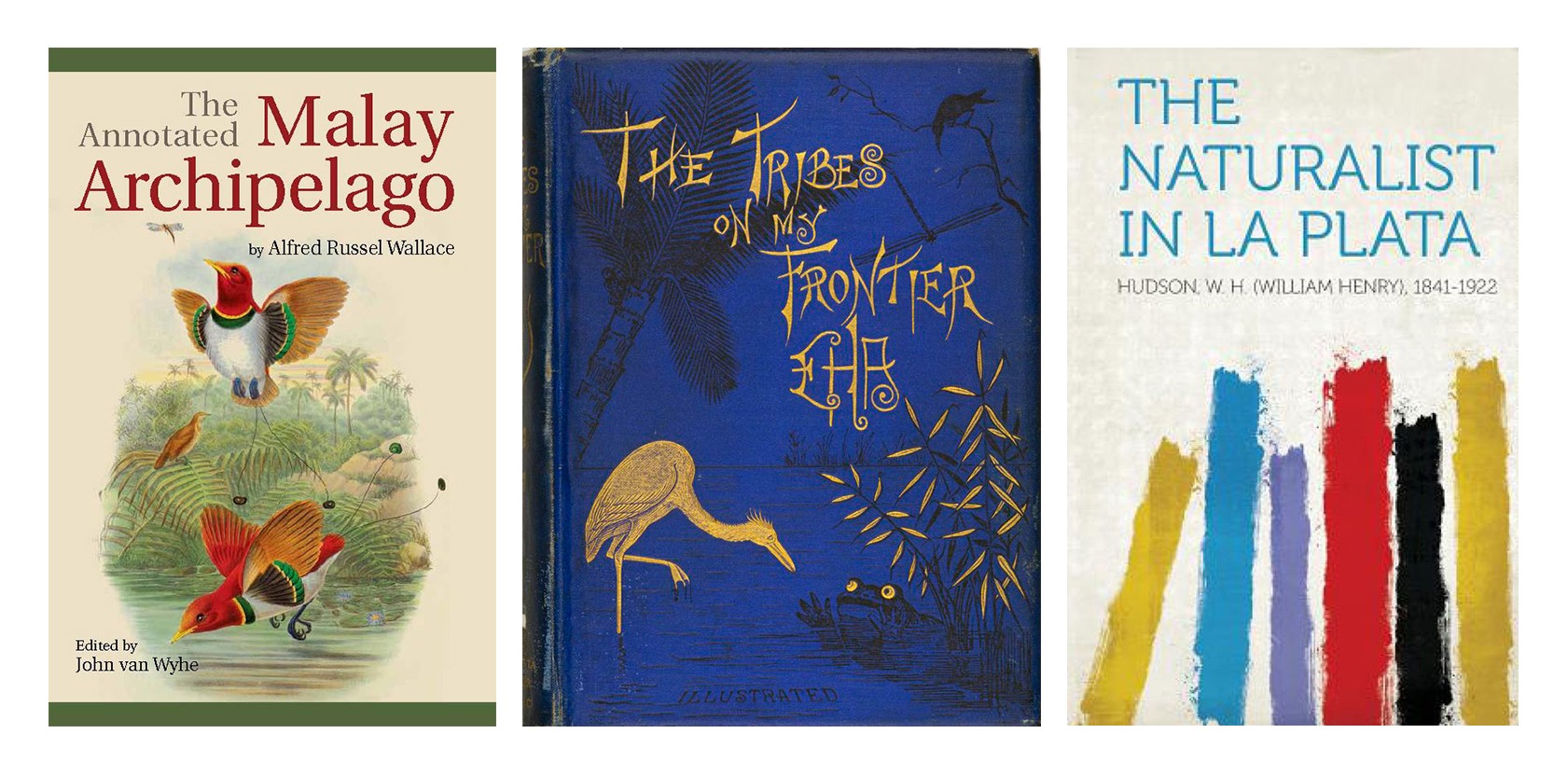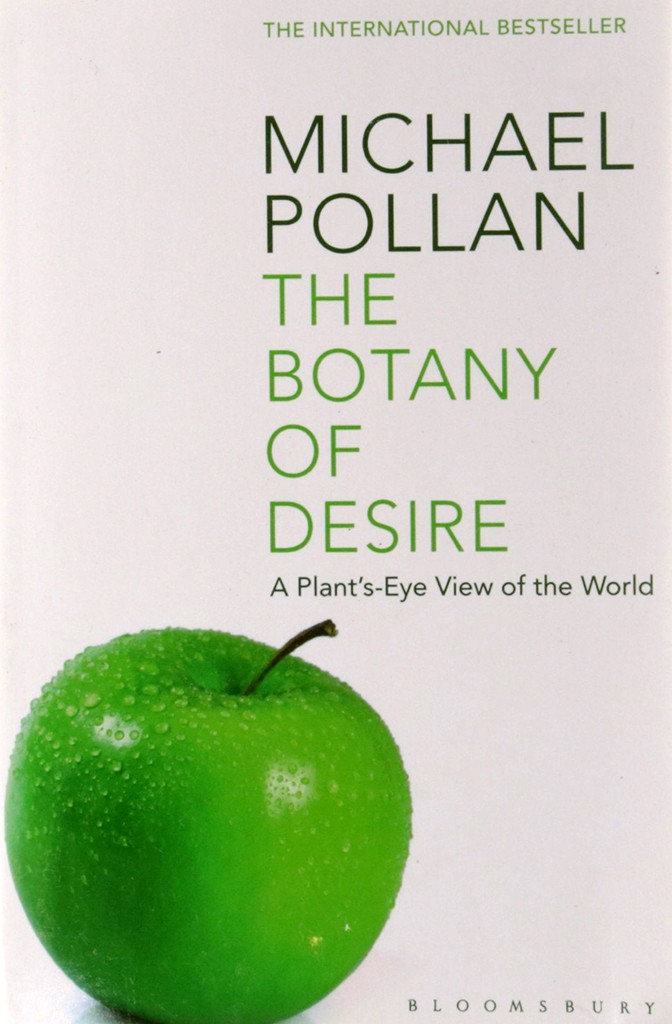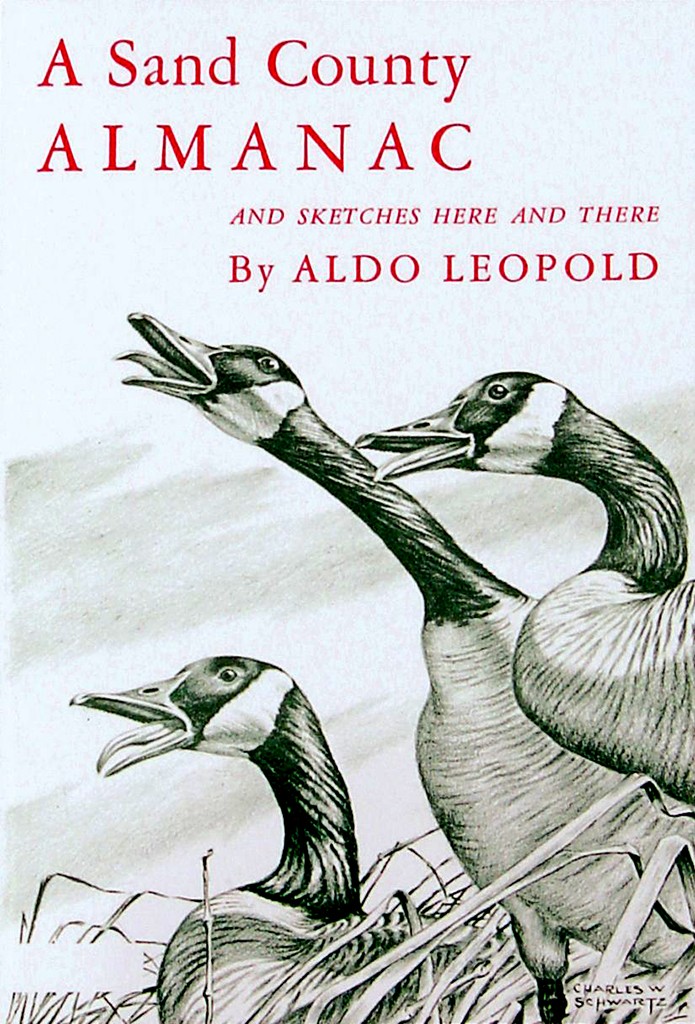The Natural History of Selborne — Gilbert White
A compilation of Gilbert White’s letters to other naturalists and his insightful observations of the natural world. Some of the letters were written specifically for the book and never posted.
Field Notes on Science and Nature — Michael Canfield (editor)
A collection of essays written by 12 renowned scientists including mammologist George Schaller, entomologist Piotr Naskrecki and plant biologist James L. Reveal. This book is a must-read due to the treasure of insight we get through the essays, which are based on the scientists’ journals – including field notes and illustrations. It also reiterates, almost as a tutorial to budding naturalists, the importance of making field notes.
Walden; or, Life in the Woods — Henry David Thoreau
Walden; or, Life in the Woods was published in 1854. It describes two years of Thoreau’s life in a cabin he built near Walden Pond, part of a woodland in Massachusetts that belonged to his mentor, Ralph Waldo Emerson.
The Sound of a Wild Snail Eating — Elisabeth Tova Bailey
Bailey’s book details the fascinating story of her encounter with a Neohelix albolabris — a common woodland snail — while she is bedridden during an illness. Confined to her bed, she receives a plant as a gift from a friend and a snail comes with it. She starts to observe this creature every day, and writes about her observations. A Goodreads review beautifully describes it: "Over the course of this small book, Bailey learns to care for and relate to this tiny creature whose pace so closely matches her own." This account also reiterates that you don't need to go to a forest to observe wildlife.
The Voyage of the Beagle — Charles Darwin
Darwin’s travel memoir and field journal covers biology, geology, and anthropology. It was originally published in 1839 as Journals and Remarks. It follows the journey Darwin took while sailing on a ship HMS Beagle, which left the Plymouth Sound port on December 27 1831, only return 5 years later in October 1836.
The Snow Leopard — Peter Matthiessen
This 1978 book by Peter Matthiessen narrates his two-month search for the Snow Leopard in the Dolpo region on the Tibetan Plateau. He was accompanied by naturalist George Schaller. The Snow Leopard is also available as an audio book, narrated by Matthiessen. It's a treat to follow the tone and style of the writing, especially in Matthiessen's description and depiction of this gorgeous beast. Below is just a tiny snippet, which in no way matches up to reading the entire narrative.
And then there was the small matter of the Snow Leopard, whose terrible beauty is the very stuff of human longing. Its uncompromising yellow eyes, wired into the depths of its unfathomable spirit, gaze out from the cover of innumerable editions. It is, I think, the animal I would most like to be eaten by.
Nature’s Spokesman: M Krishnan and Indian Wildlife — Ramachandra Guha (Editor)
Well-known naturalist M Krishnan wrote columns, essays, sketches and jeremiads on the ecology and culture of the subcontinent for about 60 years. Most of his work is still found only in old newspapers and magazines. The book is a compilation of some of his finest work, with a biographical introduction by the editor.
Ornithology, Evolution and Philosophy — Jurgen Haffer
The book is Ernst Mayr’s first detailed biography. He was a well-known evolutionary biologist, influential historian, philosopher of biology, taxonomist, ornithologist and naturalist. He was also known as an ‘architect’ of the Synthetic Theory of Evolution.
The Malay Archipelago — Alfred Russel Wallace
The Malay Archipelago chronicles Wallace’s scientific exploration of the southern portion of the Malay Archipelago from 1854 to 1862. It was originally published in two volumes in 1869. A contemporary of Darwin, he spent a decade cataloguing the plant and animal species from the region. His work is touted as one of the most comprehensive documentation of that region.
The Tribes on my Frontier — EH Aitken
The book is set in Dustypore, which could be any town in India. EHA, as he was known, has populated the book with humorous character sketches (with factual details) of rats, frogs, birds, pet fowl, butterflies, mosquitoes, large mammals – basically every creature that inhabited his home and its surroundings. EHA is one of the founding members of BNHS (Bombay Natural History Society).
The Naturalist in La Plata — William Henry Hudson
The Naturalist in La Plata is a compilation of Hudson’s essays on the wildlife of the Argentine grasslands.
Life on Air: Memoirs of a Broadcaster — David Attenborough
This needs no introduction, really. Broadcaster and naturalist Attenborough has lent his voice to several of the best natural history programs on televisions during a career spanning decades. This autobiography is also available as an audio book narrated by Attenborough himself.
The Botany of Desire: A Plant’s-Eye View of the World — Michael Pollan
Pollan’s book is a collection of case studies that mirror four types of human desires that are reflected in the way that we selectively grow, breed, and genetically engineer our plants - tulip (beauty), marijuana (intoxication), apple (sweetness), and the potato (control).
A Sand County Almanac — Aldo Leopold
A Sand County Almanac is a combination of Leopold’s published essays that appeared in popular hunting and conservation magazines, and a set of more philosophical essays.
A thing is right when it tends to preserve the integrity, stability, and beauty of the biotic community. It is wrong when it tends otherwise.
The Song of the Dodo — David Quammen
Quammen’s book deals with island biogeography, including the study of the origin and extinction of all species. To quote the book itself, "Why is this island idea so important? Because islands are where species most commonly go extinct - and because Quammen points out, we live in an age when all of earth's landscapes are being chopped into island-like fragments by human activity."
If you loved this, check out The Essential Booklist For Nature Lovers - II.
